6 Tips for Improving Uneven Skin Texture
September 07, 2024
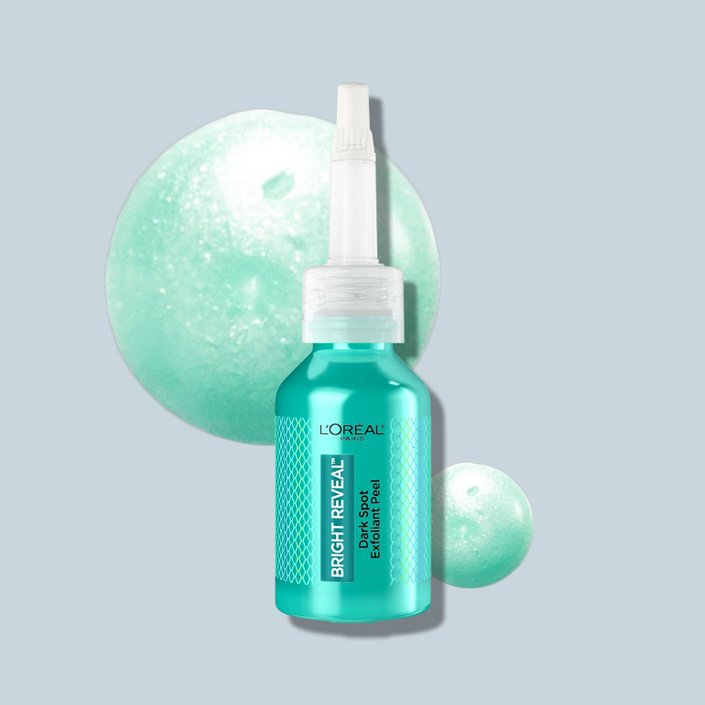
L’Oréal Paris Bright Reveal Dark Spot Exfoliant Peel
This powerful at-home peel is one of Atis’ top recommendations for improving skin texture on the face. It contains a 25% blend of AHAs, BHAs, and PHAs (poly-hydroxy acids) and helps retexturize the skin to promote a more even skin tone and texture. “You can expect smoother, glowing skin after one use,” she says. With continued use, you’ll notice fewer dark spots, a smoother skin texture, and noticeably brighter, more radiant-looking skin. You can use it up to four nights per week as part of your regular skincare routine.
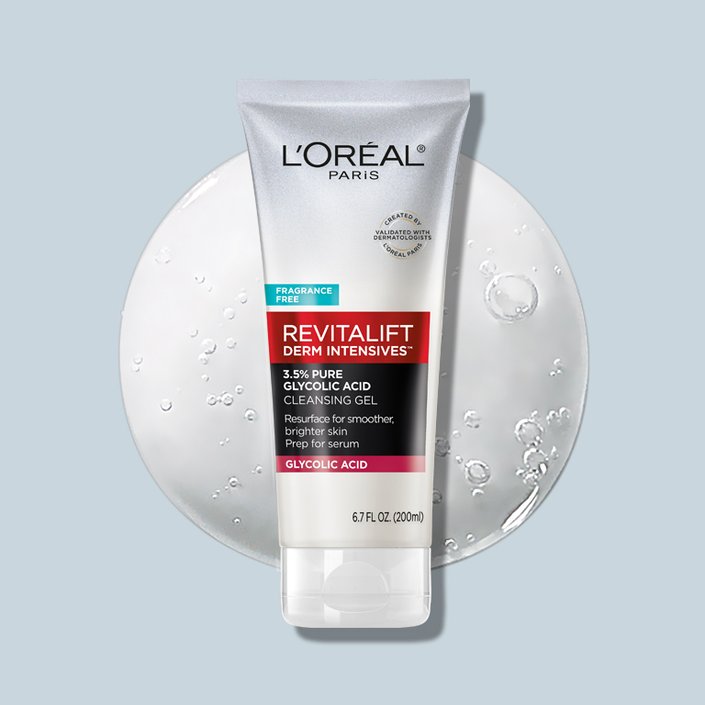
L’Oréal Paris RevitaLift 3.5% Glycolic Acid Cleanser
If you want to try incorporating glycolic acid into your routine without committing to a peel, try this cleanser. This exfoliating formula helps gently slough off dead, dull skin cells to reveal smoother, brighter skin—and helps prep it for your serum application.
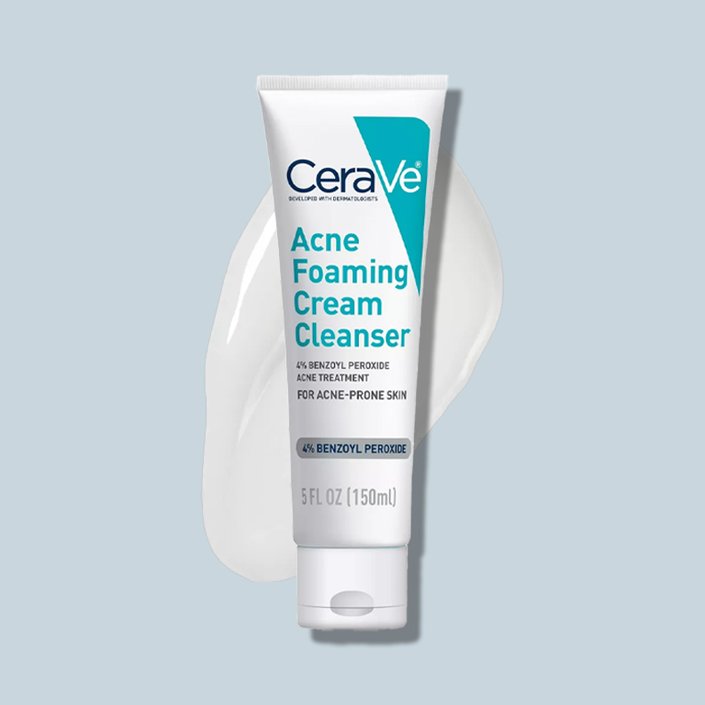
CeraVe Acne Foaming Cream Cleanser
Remember, routinely cleansing is a crucial step for targeting uneven skin texture. If you have acne-prone or oily skin, consider a blemish-fighting formula like the CeraVe Acne Foaming Cream Cleanser. It’s made with 4% benzoyl peroxide and helps both prevent breakouts and target existing blemishes. Plus, the creamy formula won’t leave your skin feeling dry or stripped—two things you definitely want to avoid if you’re aiming for smoother skin.
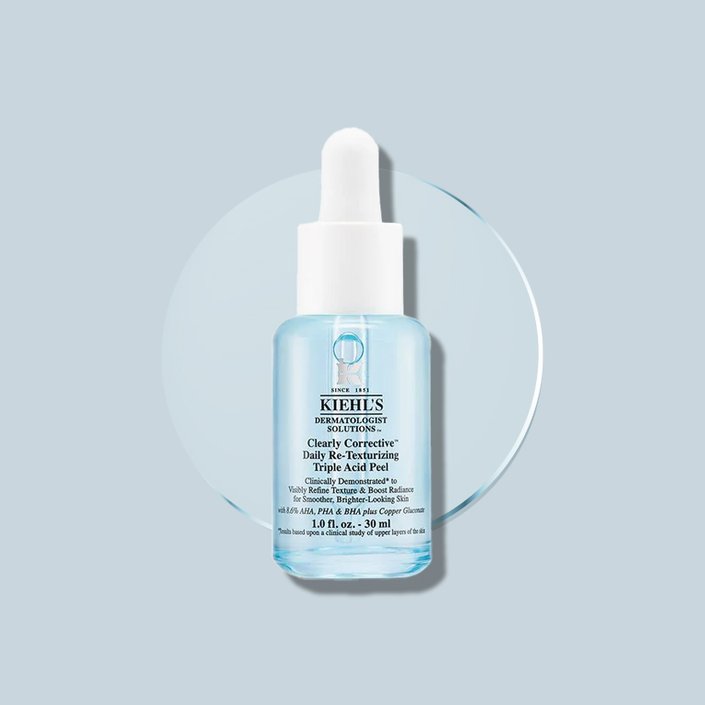
Kiehl's Clearly Corrective Daily Re-Texturizing Triple Acid Peel Serum
Some at-home peels are gentle enough for daily use—and this unique formula from Kiehl’s is one such example. The targeted serum features a trifecta of exfoliating acids and helps boost radiance, minimize the appearance of enlarged pores, and smooths skin’s texture. Plus, it’s suitable for all skin types and can be used morning and night as part of your regular skincare routine.
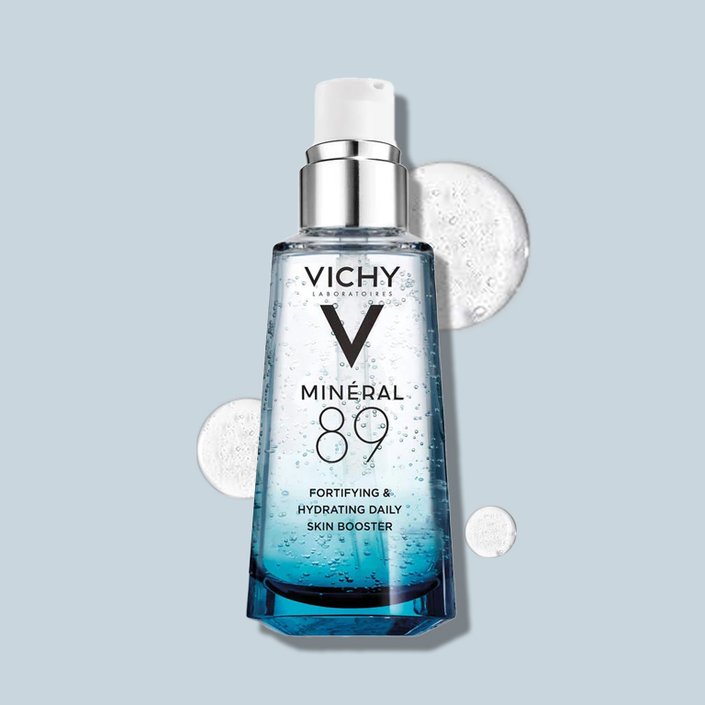
Vichy Minéral 89 Hyaluronic Acid Serum
As mentioned earlier, dryness can contribute to a rough, uneven skin texture. Give your skin the hydration it needs to look and feel its best with this hyaluronic acid serum, which is lightweight, fast-absorbing, and suitable for all skin types. Pat a few drops onto clean, damp skin to help hydrate your skin and leave it looking smooth and plump.
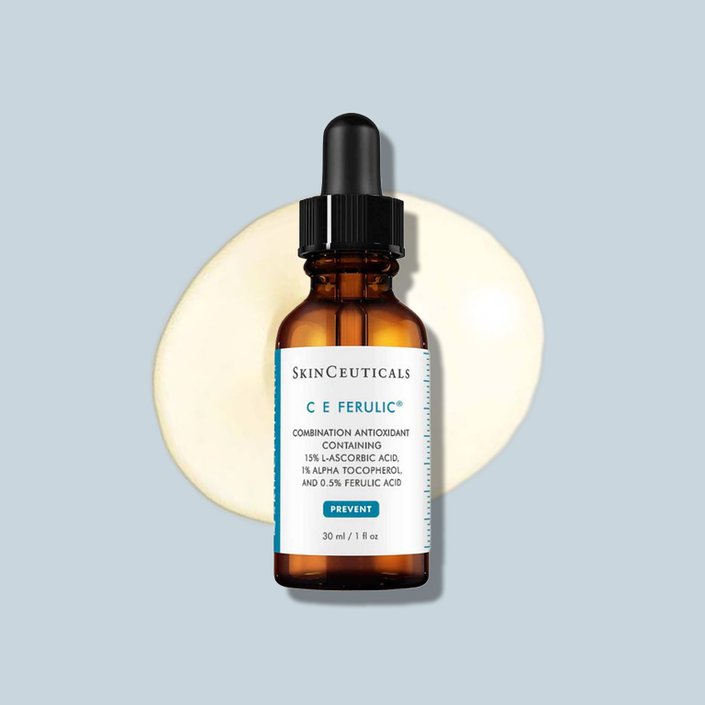
SkinCeuticals C E Ferulic with 15% L-Ascorbic Acid
If you’re looking to improve uneven skin texture and tone, this cult-favorite serum deserves a spot in your routine. It contains a powerful blend of Vitamin C, Vitamin E, and ferulic acid and helps visibly improve eight signs of skin aging, including wrinkles, discoloration, and dullness. It also helps firm the skin and improve elasticity with consistent use.
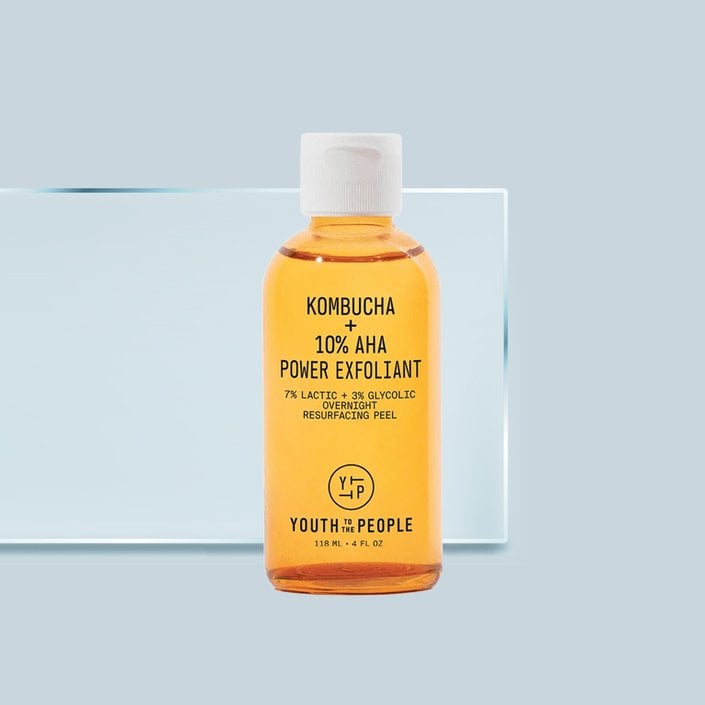
Youth to the People Kombucha + 10% AHA Power Exfoliant
Lactic acid, fermented black tea, and glycolic acid come together in this overnight exfoliating treatment, which helps visibly improve both skin texture and tone. To use it, soak a cotton pad with the liquid and glide the cotton pad over your skin. Then, follow with moisturizer or an overnight face mask. In the morning, you can cleanse, tone, and moisturize your skin as usual—just don’t forget the SPF.
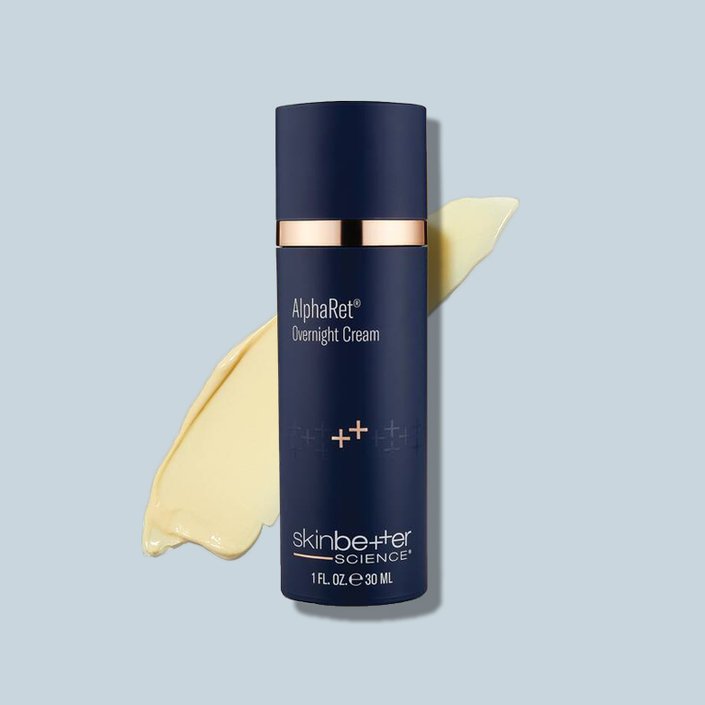
SkinBetter Science AlphaRet Overnight Cream
If you’re looking for retinol, this night cream features a retinoid cocktailed with lactic acid. The duo helps to improve wrinkles and fine lines, as well as uneven skin texture and tone. Use it for four weeks consistently, and be prepared to see some real results.
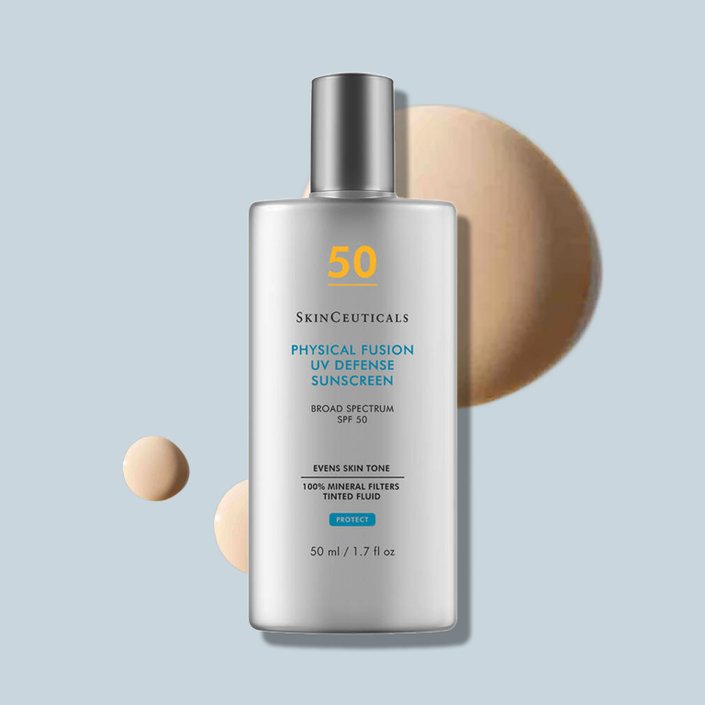
SkinCeuticals Physical Fusion UV Defense SPF 50
Sunscreen may not directly improve your skin texture—but it can help protect it against the environmental damage that can contribute to uneven skin. We love this lightweight mineral sunscreen, as it boasts broad-spectrum SPF 50 protection and provides a subtle yet flattering tint that adapts to most skin tones without leaving behind a white cast.
Next Up: 7 Tips for Improving Uneven Skin Texture, According to Dermatologists




























